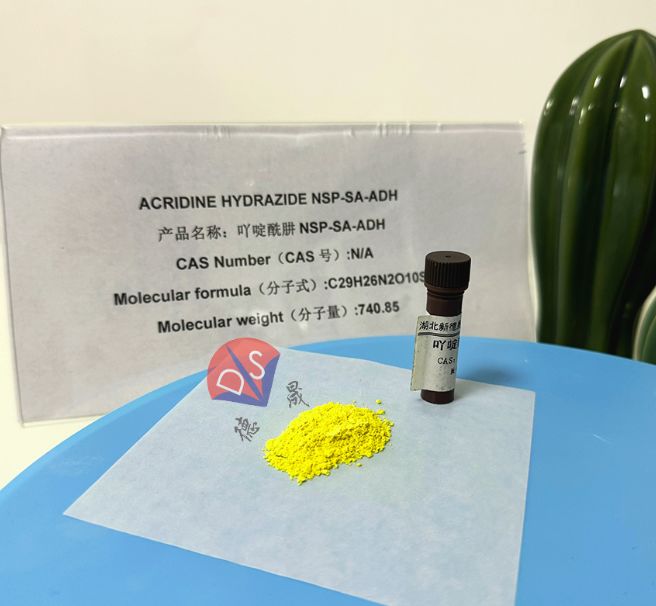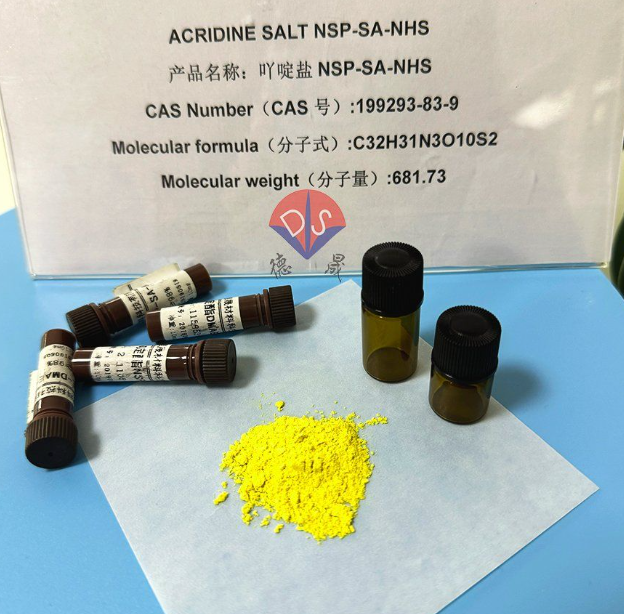Chemiluminescence vs ELISA: Who is better for hepatitis B virus detection?
Release time:
2025-06-28
Hepatitis B, as a disease widely spread in the world, its early diagnosis and management is very important for public health. Among them, the detection of hepatitis B surface antigen (HBsAg), as a key indicator to evaluate the status of hepatitis B virus infection, is particularly important. With the advancement of technology, chemiluminescence (acridine ester luminescence) and enzyme-linked immunosorbent assay (ELISA) have become the two main methods for detecting HBsAg. So, which method is more advantageous in the detection of hepatitis B virus markers? The following analysis in this article will provide the answer.

Advantages of chemiluminescence method
Let's first focus on chemiluminescence, especially the luminescence technology using acridine ester as a marker. This method is known for its high sensitivity and specificity, with a detection concentration of up to 1.256IU/mL. Of particular note is that at low levels of HBsAg (≤ 4.00IU/mL), the detection rate of acridine ester luminescence method is significantly higher than that of ELISA method, demonstrating its advantage in detecting low concentration antigens. In addition, statistical data show that this difference is statistically significant (P<0.05), which indicates that acridine ester luminescence method has a higher positive detection rate for low level HBsAg, which can identify hepatitis B virus infected persons earlier and more accurately, which is helpful to take timely treatment measures and reduce the risk of disease transmission.
Application background of ELISA method
On the other hand, ELISA, as a traditional HBsAg detection method, also holds a certain status. The ELISA method has a lower detection concentration of 1.062IU/mL. Although it is slightly less sensitive than chemiluminescence, it is widely used in practical applications due to its simple operation and high cost-effectiveness. Especially when the HBsAg concentration exceeds 4.00IU/mL, the detection rate of ELISA method is comparable to that of chemiluminescence method, demonstrating its reliability in detecting antigens at higher concentrations. Therefore, for some laboratories with limited resources or situations that require large-scale screening, ELISA method is still an effective choice.
Comparison and Conclusion
In conclusion, although ELISA plays an irreplaceable role in hepatitis B virus serological test, chemiluminescence method, especially acridine ester luminescence method, shows obvious advantages in low level HBsAg detection due to its higher sensitivity and accuracy. This is of great significance for improving the accuracy of early diagnosis of hepatitis B and realizing personalized medical treatment. However, the choice of method should be determined based on specific clinical needs, experimental conditions, and economic considerations.

Desheng New Materials: Supporting the Development of Biological Detection Technology
As a core raw material supplier in the field of IVD (in vitro diagnostics), Desheng New Materials focuses on the research and development of chemiluminescent reagents. The luminescent reagent of acridine ester has six different functional groups, which have the characteristics of high luminescence efficiency and good stability. In the future, with the popularization of chemiluminescence technology, hepatitis B virus detection will move towards a new era of higher sensitivity and automation. And Desheng New Materials will continue to be driven by innovation, providing high-quality raw materials for the IVD industry and safeguarding human health!
Previous page
Previous page
Contact details
Contact number
Address: C8, Guanggu United Science and Technology City, Ezhou City, Hubei Province
Fax:0711-3704 589
Follow us



